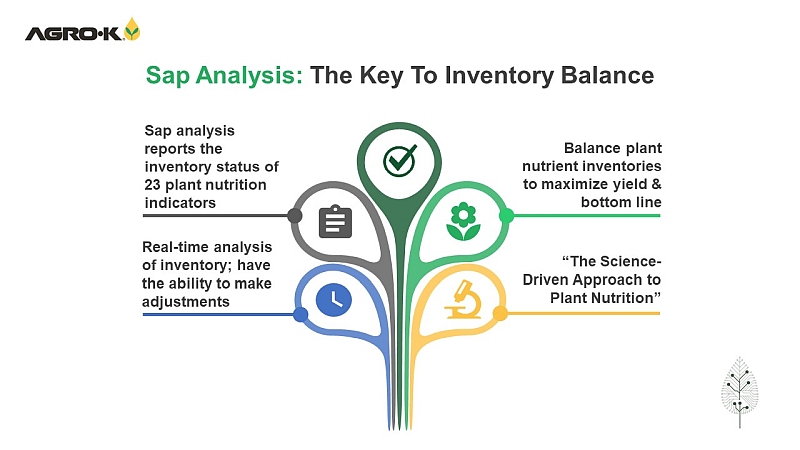Greenhouse Construction Pointers


Funding, site selection, and how to market crops all should be taken into account when making the move into greenhouse production. Accounting for all of these factors will help growers realize a better return on their investment.
Probably one of the most important things a grower needs to know is that greenhouse vegetable production is quite expensive. The construction of the facility, input costs, harvesting, and shipping are all expenses that are incurred before any financial return is realized.
Many factors influence just how much of an investment will be required. These factors include the size and number of the greenhouses, type of production system to be used, method of marketing, need for associated facilities such as packing facilities and vehicles, availability of supplies and support services, and amount and quality of labor.
A typical 4,000-square-foot greenhouse will cost between $30,000 and $50,000 to establish and equip. Costs will vary depending on sources of materials, on whether or not a concrete floor will be installed, on cost of the specific production system used, and on whether the owner or a private contractor will do the construction. Erecting numerous stand-alone houses is not as cost-effective as erecting two or three gutter-connected houses, but for most, the single, stand-alone house may be the only way to get started.
Growers should calculate anticipated production costs to gauge profit potential. Major supplies required for production will include fertilizer, heating fuel, pH and conductivity meters, seeds, starting blocks for seedlings, pesticides, sprayer, trellis string and plant clips, harvesting containers, packing boxes, and wrapping materials. This does not include overhead costs like electricity.
Labor requirements depend on the size of the operation and whether or not family members will be able to maintain the house(s). If outside labor is needed, it is crucial that the labor be well trained and very dependable. A typical 4,000-square-foot house will require approximately 25 hours of labor per week just to maintain the crop.
Location, Location, Location
Another key decision in establishing a greenhouse is finding the best location possible for the structure. First, the site must be appropriately zoned and satisfy any other governmental construction permitting requirements. Other site considerations include:
• The availability and cost of installation of electric power
• The availability of sufficient high-quality water and current and projected tax rates
• Current and projected land values
• Accessibility to workers, buyers, and suppliers
The site should also be evaluated for its environmental qualities; exposure, drainage, and soil characteristics. Finally, the site’s potential for future expansion and/or alternative uses should be considered.
Greenhouse Structures
There are many styles of greenhouses that differ mainly in shape and in the choice of glazing materials. The extremes range from gabled glass houses that require a very high initial investment and long-term commercial expectations to less expensive, Quonset-style, poly-covered houses. Another distinction is between smaller, single-unit houses and larger, gutter-connected houses. The larger houses offer economies of scale and increased energy efficiencies, but correspondingly, require more management. Double-poly, Quonset-shaped houses are currently popular for vegetable greenhouses.









